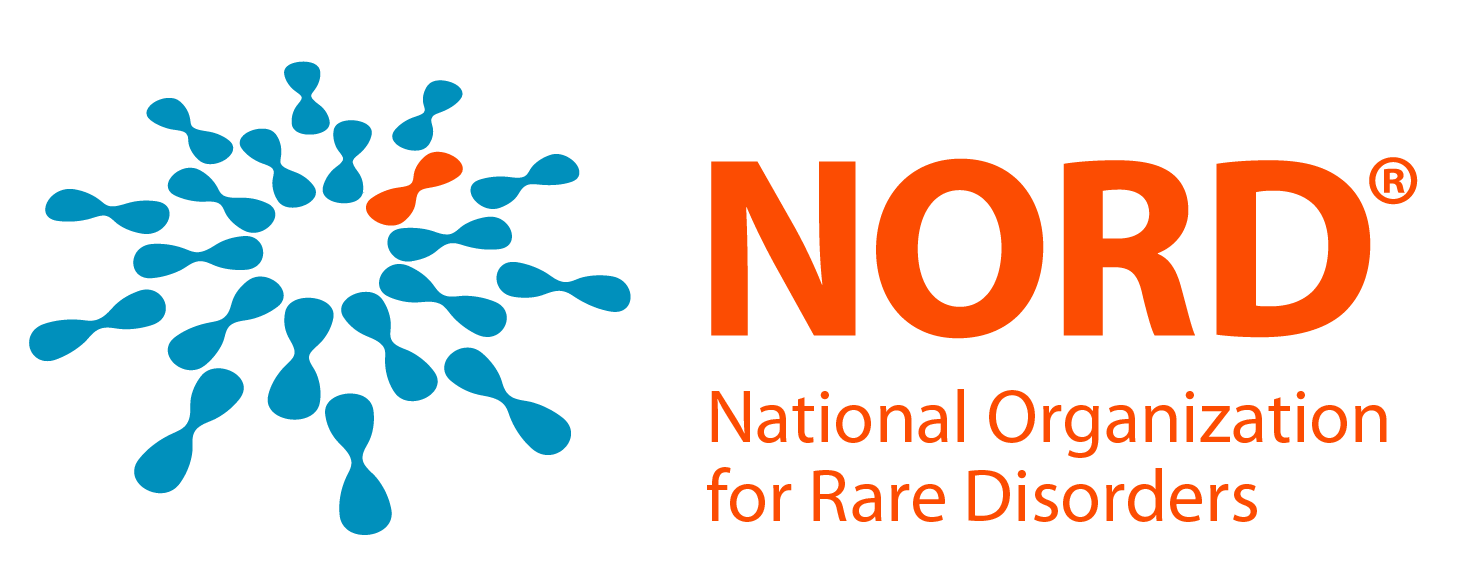NORD’s Educational Initiatives team spoke with Scarlett Eagle, an undergraduate student at Iowa State University and NORD Students for Rare Club Leader. In this interview, Scarlett talks about her inspiration for starting a NORD Students for Rare Club and where she hopes to see her career go working within the rare disease community.
For more information on NORD’s student programs, click here.
1. Where are you from?
I grew up in Johnston, Iowa, a suburb of Des Moines.
2. Where do you attend school and what are you studying?
I go to Iowa State University, where I am pursuing a Bachelor’s degree in Genetics. In addition to creating a Rare Disease Awareness Club on campus, I am the Vice President of Iowa State’s Pre-Medical Club and a member of the University Honors Program. During my time at Iowa State, I have held three different research positions on campus and have served as a Teaching Assistant for a Principles of Genetics Laboratory course.
3. Where did your interest in rare diseases come from?
When I was 16 I was diagnosed with a rare genetic disorder without a cure. After spending four years searching for a diagnosis, and eventually giving up hope of finding answers, I was referred to a physical therapist who, upon first evaluation, recognized my symptoms as Hypermobile Ehlers-Danlos Syndrome (hEDS).
Treatment for hEDS only treats the symptoms, but having a diagnosis allowed me to finally be taken seriously as a patient. It meant that the legitimacy of my pain would never again be questioned, and, at this point in my life, acknowledgment of the reality of my symptoms meant almost as much to me as their alleviation. Before receiving a diagnosis, I had been called attention-seeking, drug-seeking, and mentally ill. I found myself lying in the emergency room in excruciating pain, only for my doctors to ask my parents if there was another sibling at home who was getting more attention than I was. My interest in rare diseases stems from wanting to prevent other patients from having some of the negative experiences that I had while searching for a diagnosis.
4. Why did you decide to start a NORD Students for Rare Club?
I had been interested in spreading awareness about rare conditions since entering Iowa State, but I didn’t really think there was a great outlet for me to do so. When I decided to plan Iowa State’s first Rare Disease Day event, I honestly didn’t know what I was getting into. As a patient, I would have been happy to give my spiel to 25 people, but after nearly a year’s worth of planning, I realized that there was much more student interest than I had ever hoped for. During my presentation at the event, I shared my plans to create a Rare Disease Awareness Club with an audience of over 250– in a room with a maximum capacity of 160. (Fortunately, we were able to get a ballroom for round 2!)
5. Tell us a little bit about what your Rare Disease Awareness Club (RDAC) is doing!
RDAC spreads awareness about the monthly spotlight conditions that affect Iowa State community members through presentations at our general meetings, informational newsletters, Facebook posts, tabling, and more! In addition to our spotlight conditions, we also shed light on “Rare Impact Topics” at our meetings, which include things like diagnosis, treatment, research, psychological implications, financial burdens, etc. In October, the club focused on Ehlers-Danlos Syndrome and we were able to recruit 10 patients with the condition to serve on an EDS Panel at our meeting! Right now the club is also working on getting ready for Rare Disease Day 2019!
6. You attended NORD’s Summit in Washington, D.C. in October 2018. What was your experience like? What was your biggest take away?
I had the opportunity to present my first research poster at NORD’s Summit in October. I really enjoyed getting to know the other students and poster authors as well as attending all of the informative sessions at the conference. My biggest take away was probably that the rare disease community is so much bigger than I realized! Having the opportunity to present a poster about Hypermobile Ehlers-Danlos Syndrome also made me realize that my dreams to study my own condition are not so far out of reach.
7. What do you hope to do in your career relating to rare disease?
I would like to research poorly-understood conditions to help find answers for rare disease patients and open up the door for potential tests and treatments. For example, there is no known genetic cause of my own condition. This inhibits the development of tests to diagnose and therapeutics to treat the condition. My true life goal is to help uncover the cause of Hypermobile Ehlers-Danlos Syndrome and other poorly-understood conditions.
8. What would you say to other students who are interested in rare diseases?
Lack of knowledge about rare diseases stands in the way of their diagnosis, treatment, and research! Simply educating yourselves about these conditions can make a huge difference in the lives of rare disease patients (as Rare diseases aren’t always recognized by physicians)!




